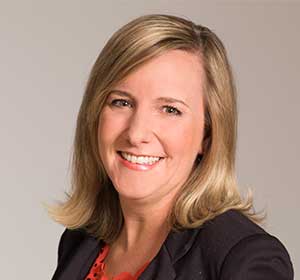Dr. Donald A. Henderson passed away recently, with little media attention or fanfare. This is alarming, considering “saving millions of lives” was listed as one of his life accomplishments.
In case you’re wondering who he is, Dr. Henderson led the global effort to eradicate smallpox — a disease that, in the 20th century and before it was extinguished, was blamed for at least 300 million deaths. Clearly, his triumph over smallpox proved the power of vaccines.
During National Immunization Awareness Month, we are reminded that promoting health and preventing disease is not just a cause to recognize during the month of August; instead, it is something we need to do each and every day. We must be relentless, much like Dr. Henderson was. Why? Because our news feeds continue to be filled with stories of vaccine-preventable diseases – a teen dies from meningococcal disease; a summer camp closes due to a whooping cough outbreak; college campuses battle mumps; measles spreads at music festivals; an infant too young to be vaccinated dies from pertussis; the list goes on.
In the United States, vaccines have reduced — and in some cases, eliminated — many of the diseases that killed or severely disabled people just a few generations ago. My great-grandfather died during the 1918 Influenza Flu Pandemic, along with millions of others; but decades later, our family is protected from this deadly virus when we get our annual flu shot. By vaccinating children against rubella (German measles), the risk that pregnant women will pass this virus on to their fetus or newborn has been dramatically decreased, and birth defects associated with that virus are now rarely seen. Countless examples like these demonstrate, day after day, vaccines are one of public health’s greatest achievements.
Unfortunately, tens of thousands of Americans still suffer serious health problems, are hospitalized, and even die from vaccine-preventable diseases. But if we continue vaccinating now, and according to the CDC recommended childhood, pre-teen and adult schedules, parents in the future may be able to trust that some diseases of today will no longer be around to harm their children and/or grandchildren. We know it can be done: Dr. Henderson’s efforts eradicated smallpox, and polio cases worldwide have been reduced by 99%.
And the good news is this: Getting vaccinated is easier than you think. Vaccines are available at doctors’ offices, pharmacies, workplaces, community health clinics and health departments. Visit immunizenevada.org to help find a vaccine provider near you. Most health insurance plans cover the cost of recommended vaccines – a call to your insurance provider can give you the details. The Vaccines for Children (VFC) Program helps provide vaccines to children whose parents or guardians may not be able to afford them, and vfcnevada.org has information about how to qualify.
You have the power to protect yourself and the ones you love, and it is in your hands thanks to the tireless efforts of scientists and those making vaccines available to the masses, like Dr. Henderson. Don’t let that power go to waste: Talk to your healthcare professional about which vaccines are right for you and your family.
You can also subscribe to our newsletter to get current immunization and health news delivered to your inbox, and stay connected to Immunize Nevada on Facebook, YouTube, Twitter and Pinterest.
